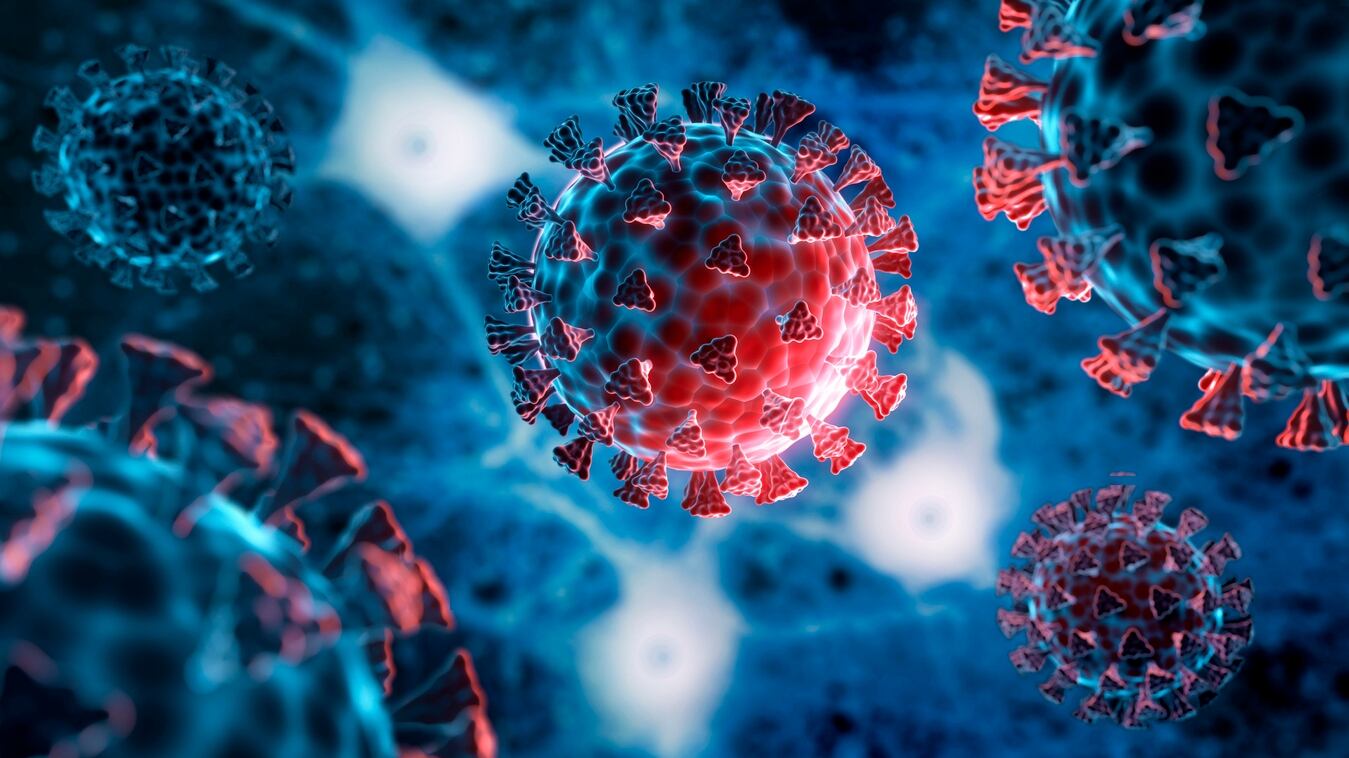A new dominant strain of COVID-19 has overtaken other variations of the illness.
The Centers for Disease Control and Prevention said JN.1 is now the most widely circulated version of the coronavirus, Reuters reported.
JN.1 is an offshoot of BA.2.86 and can still infect someone who has been vaccinated or had been infected with COVID-19 in the past, The Washington Post reported.
It accounts for up to 68% of current cases, up from the 50% maximum as of Dec. 23. The spike comes at a time that has seen more cases of the flu and RSV.
It had been named a “variant of interest” by the World Health Organization last month, but the WHO said that the risk to public health was low.
The surge in cases correlates to people returning to school or work after the holiday break, the Post reported.
The case increase is also bringing back masking rules in several hospital systems.
The symptoms of JN.1 are the same as other variants: runny nose, sore throat, cough, fatigue, fever and muscle aches, CBS News reported.
If you test positive, you should isolate, even from others in your home, for five days from the first full day the symptoms started. You should wear a “high-quality mask” if you must be around people. You can end isolation after five days if you have no symptoms or if they are improving, the CDC said.
© 2024 Cox Media Group






